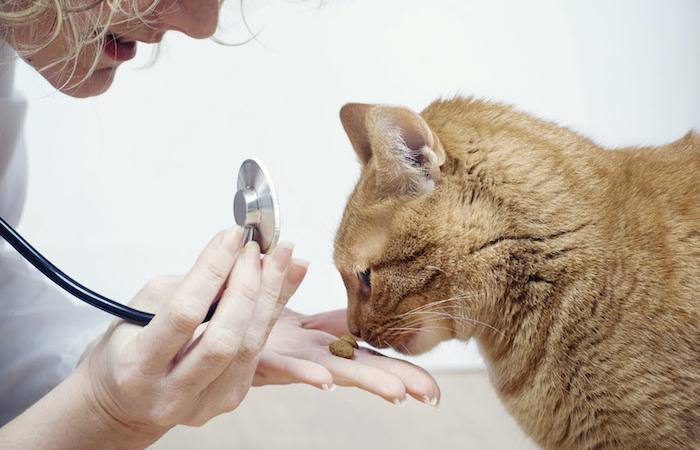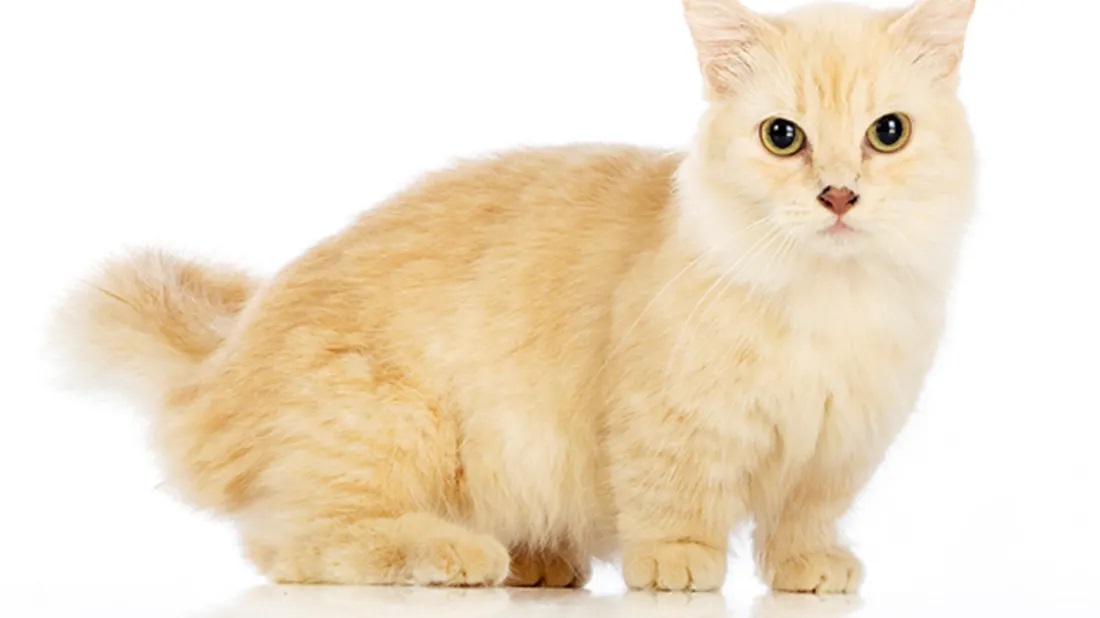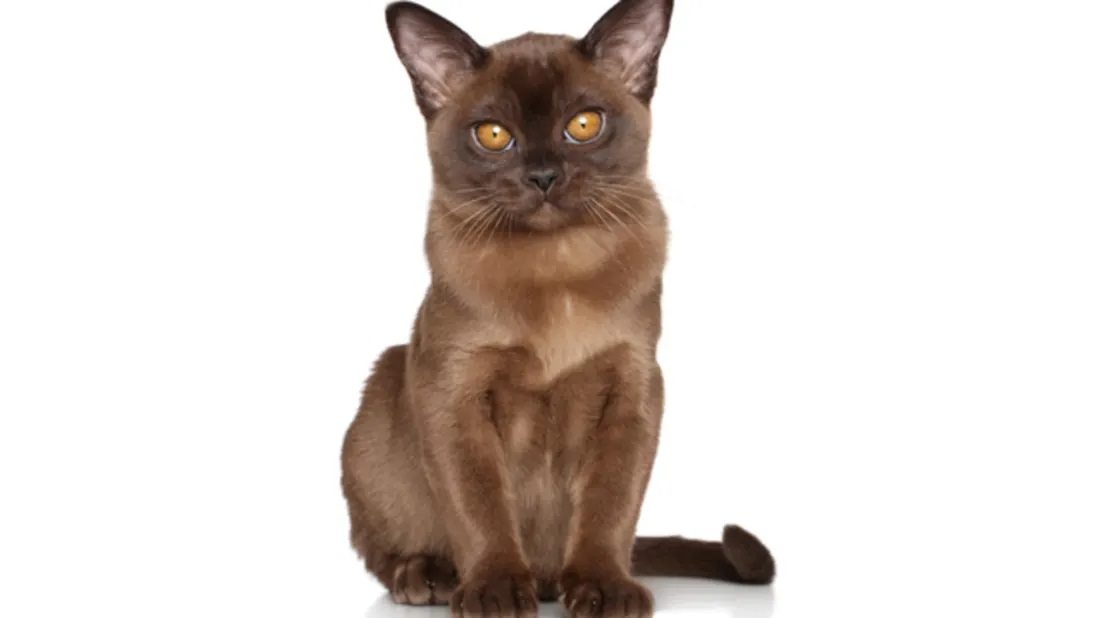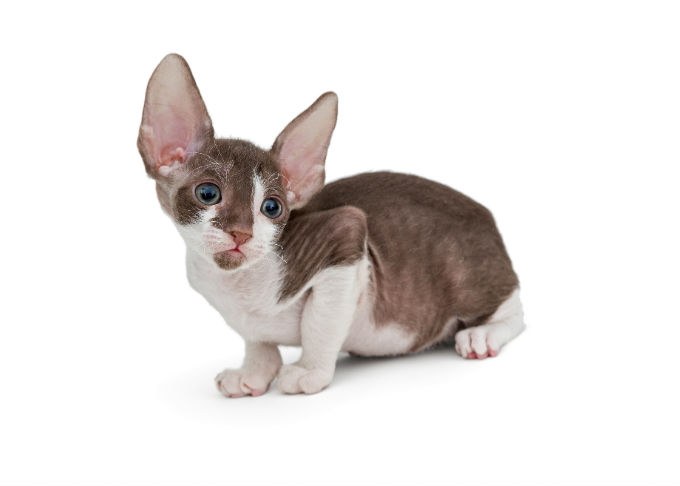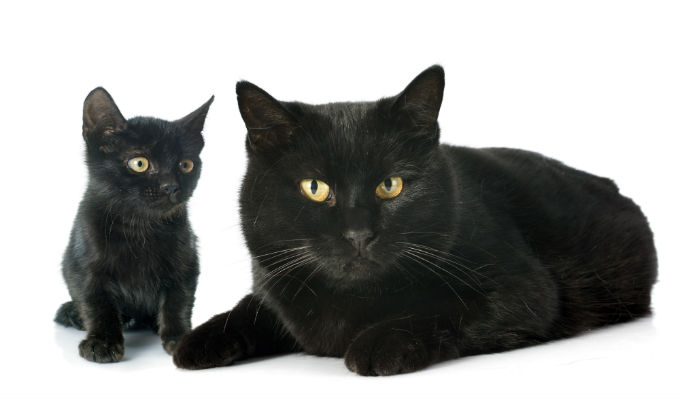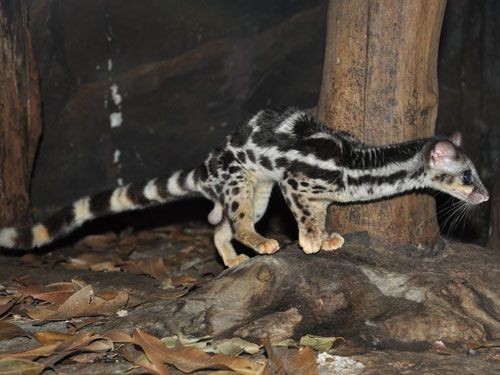What is fatty liver disease, and how does the cat get it?
Feline Fatty Liver Syndrome (Feline Fatty Liver Syndrome) in cats is also known as feline hepatic lipidosis. Cats are known to have this disease and are one of the most common diseases in cats.
A cat with fatty liver has recently lost anorexia (not eating), and the chance of developing fatty liver disease increases if the cat is fat before the onset of anorexia.
As fat elements decompose to provide food to a cut-off cat, fat is deposited very quickly in the liver so that it is not digested, and remains stored in the liver cells, causing liver failure, and the cat usually develops a yellow that appears yellow in the whites of the eye, or The skin becomes fatal if not treated quickly and intensively.
How is this disease diagnosed?
The diagnosis of fatty liver disease (FLS) is done by blood tests for liver function and through live samples of the liver, the last test is surgically inserted a very fine needle through the skin into the liver, and then remove a small number of liver cells, and examined these cells microscope (under the microscope ).
This surgery is performed under general anesthetic and is performed at the recommended veterinary hospital.
A cat with fatty liver will contain large amounts of fat inside and between liver cells. In general, other tests are conducted to determine the cause of loss of appetite. If the cause of loss of appetite can be treated, the chances of recovery are good.


